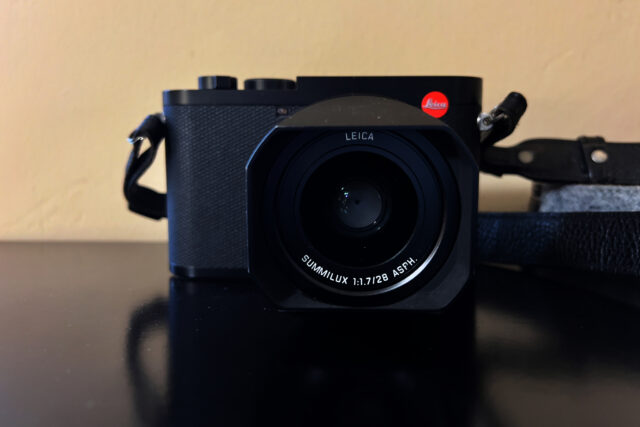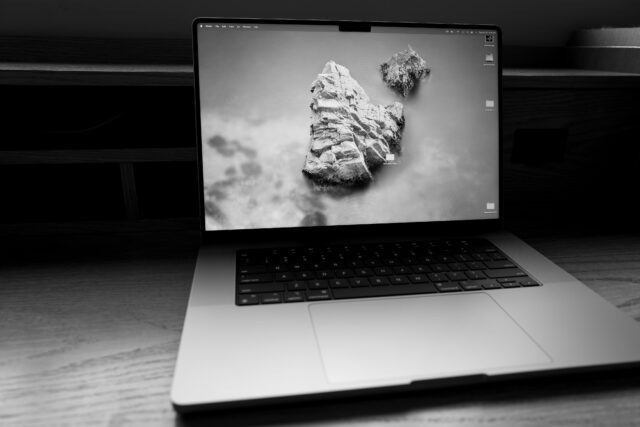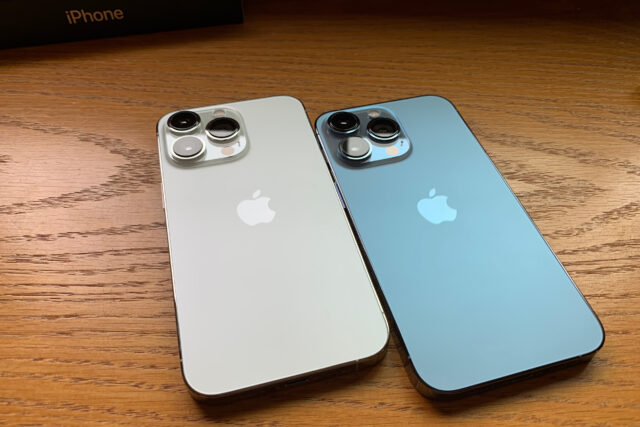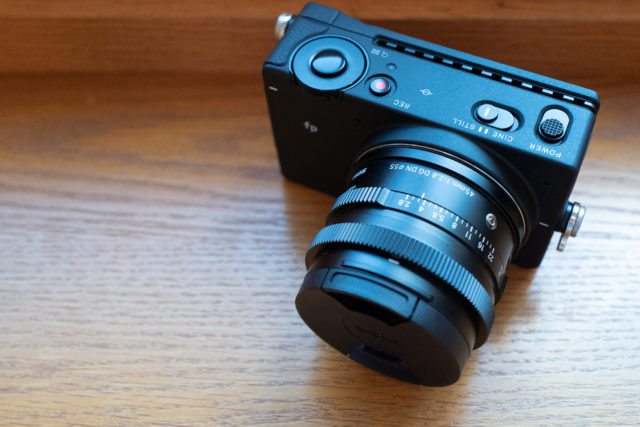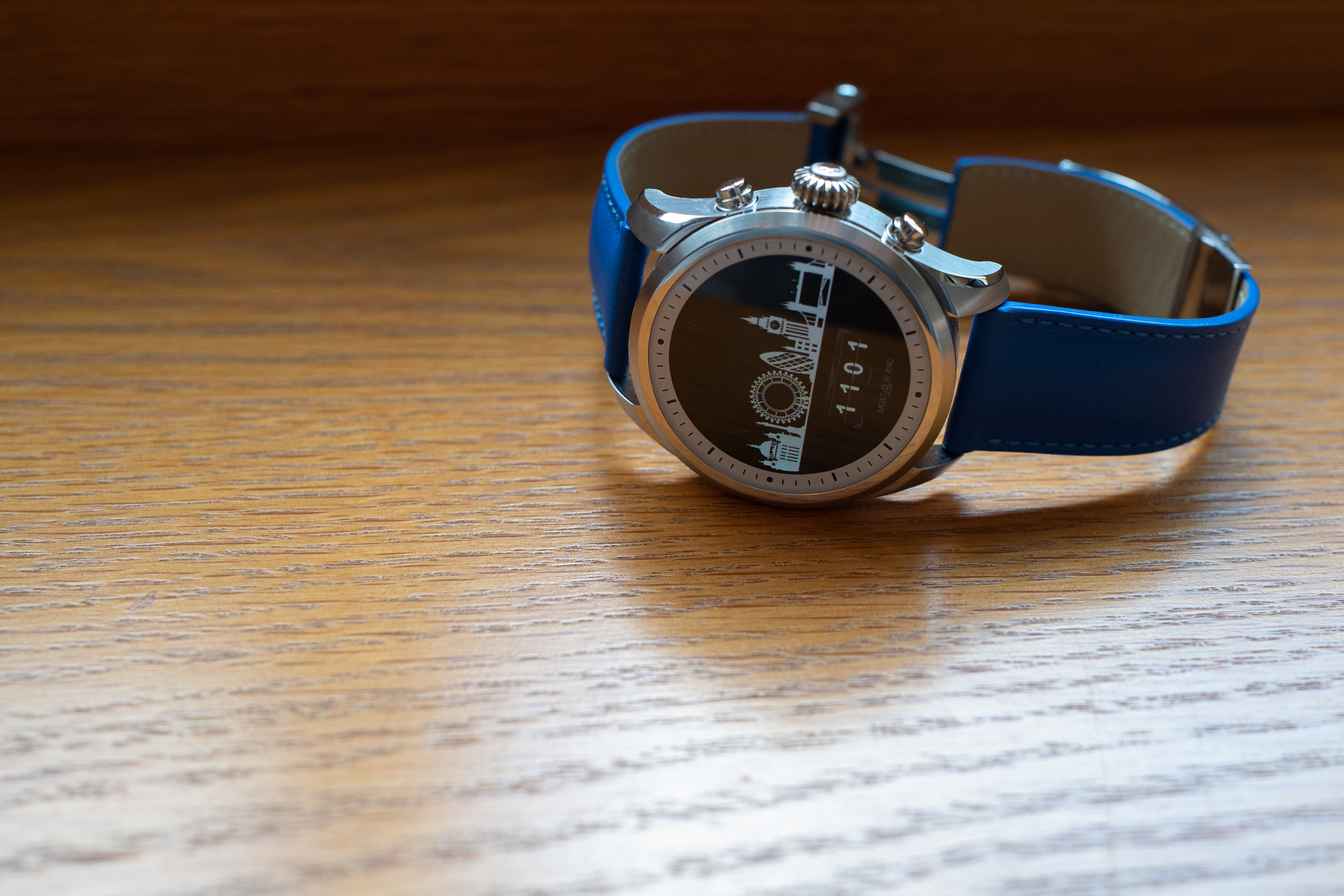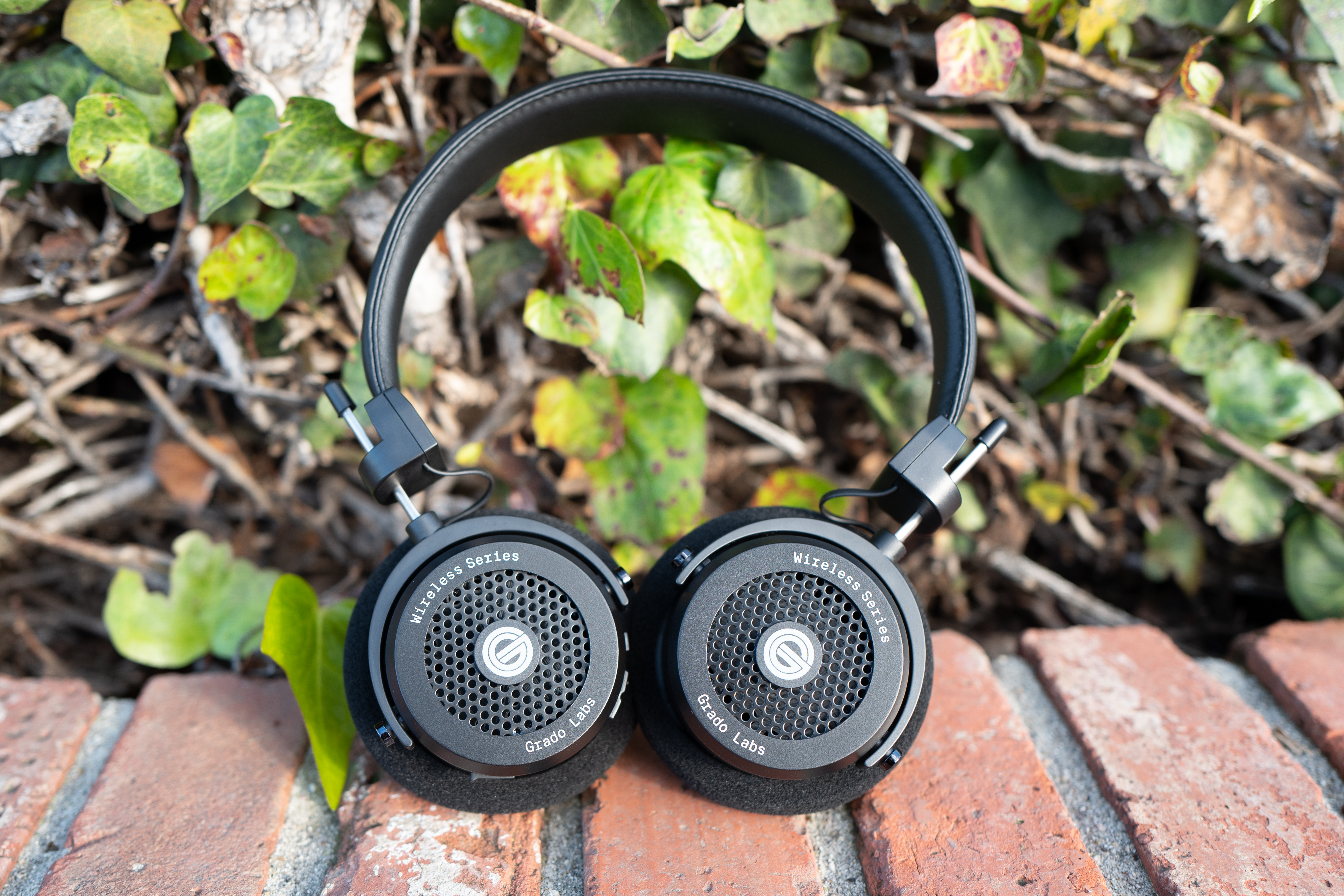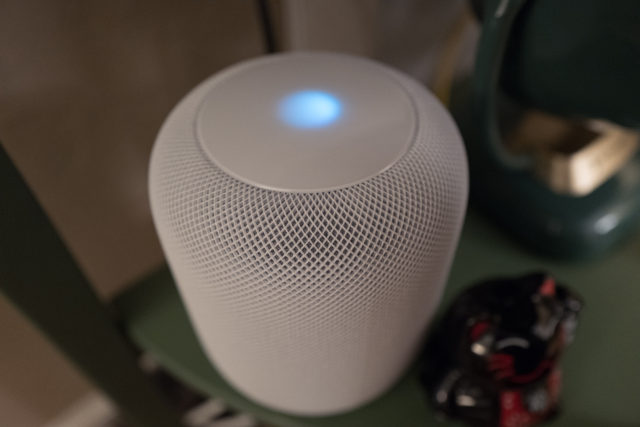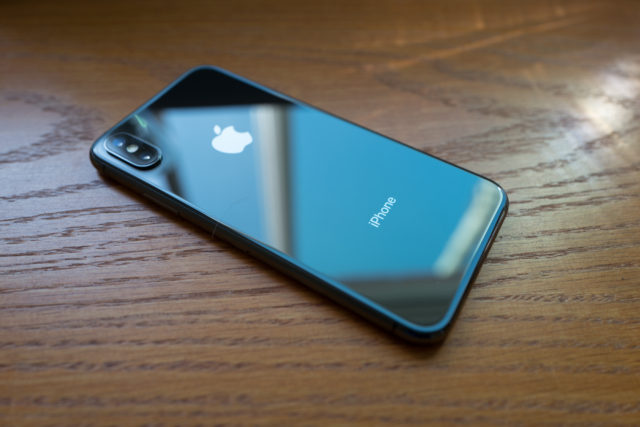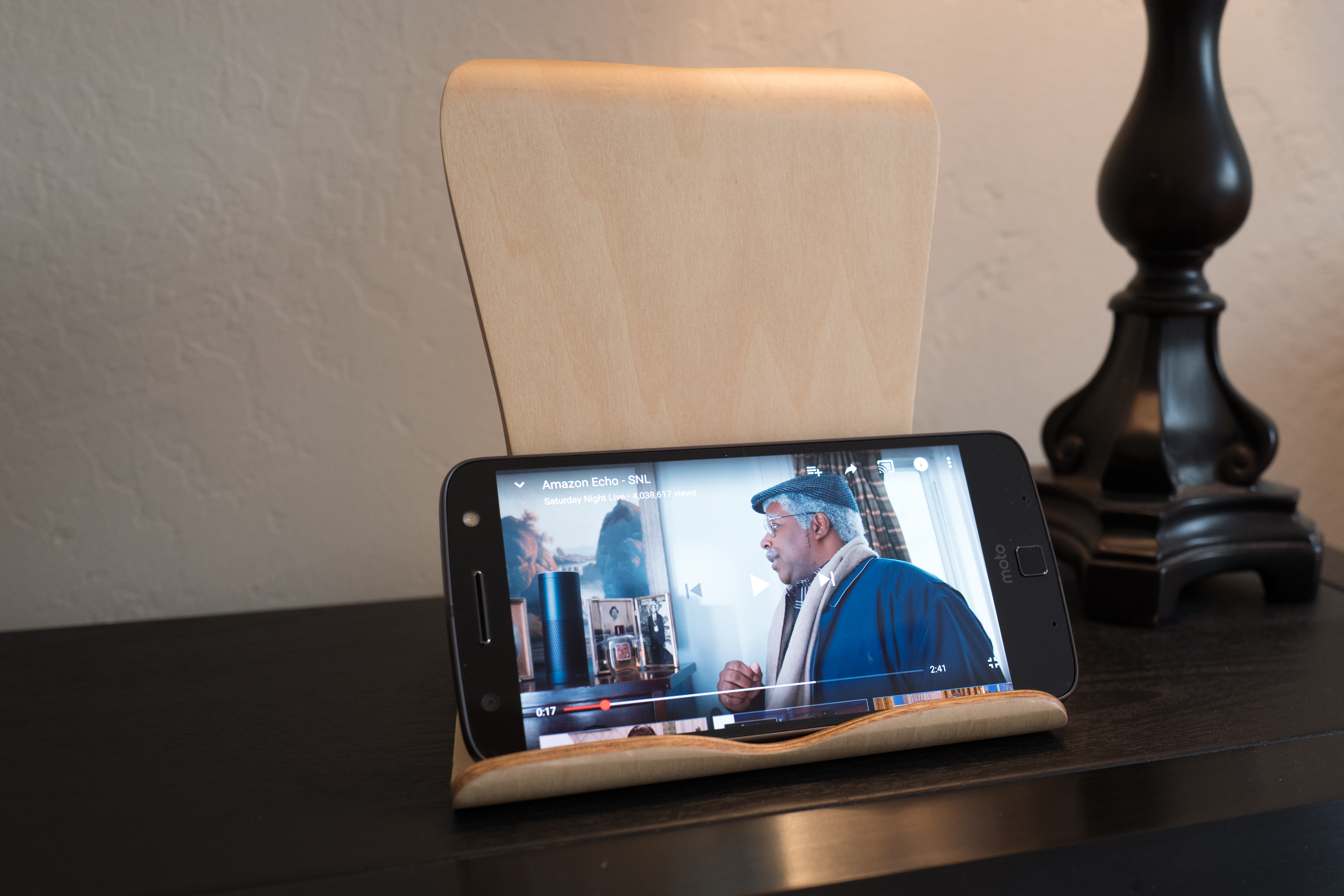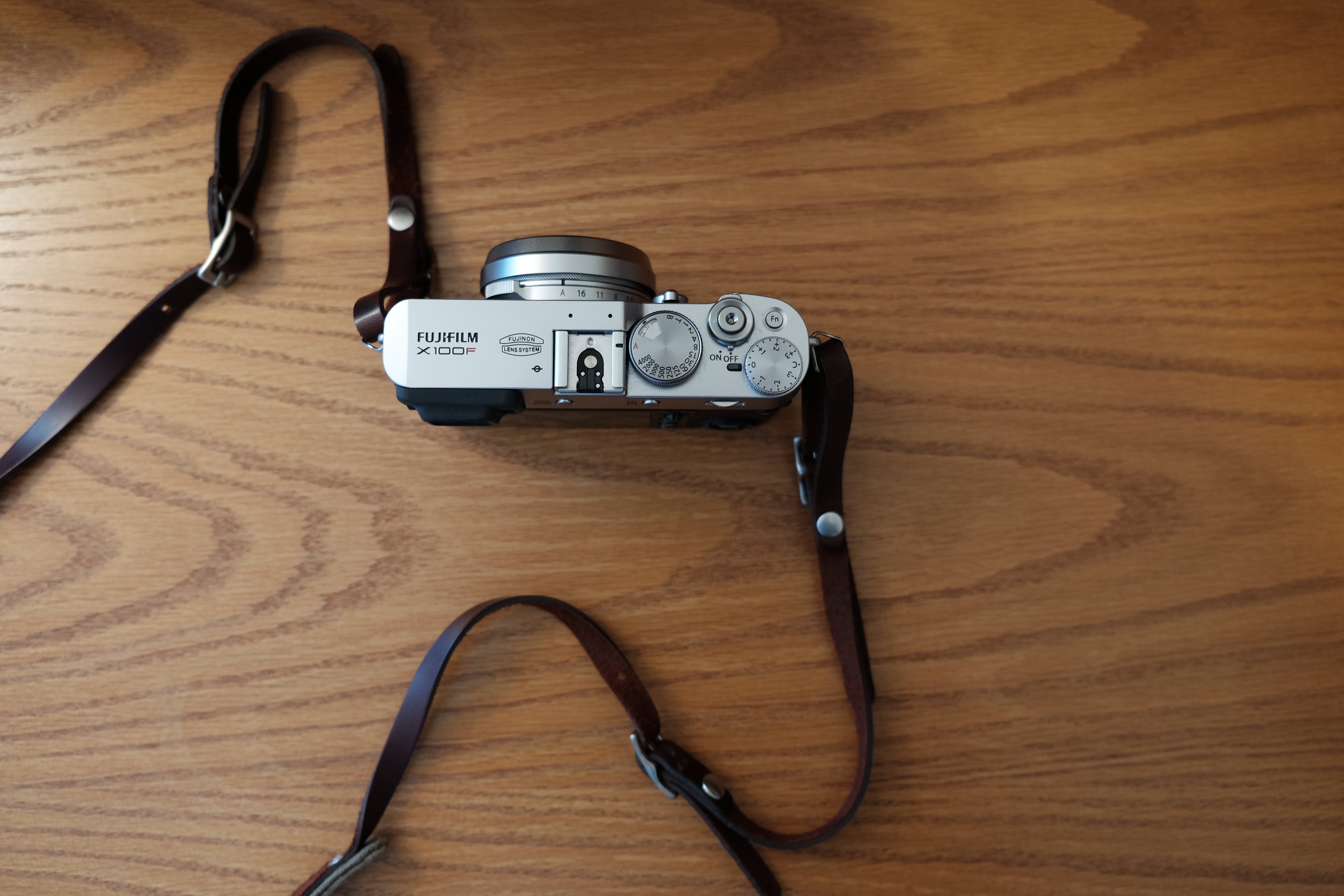On the last day of 2019, UPS delivered Leica Q2, which would replace the original model that I acquired in May 2017. I was wholly satisfied with the Q, but the allure of higher resolution (47.3 megapixels vs 24MP) and weather sealing led to a sudden sale; Craigslisting two cameras, including the Q, covered the purchase price.
If being psychic, and foreseeing what 2020 would bring, I likely would have stuck with the Q for awhile longer. A series of oppressive and overly-restrictive governor-ordered lockdowns imposed in attempts to curb the COVID-19 pandemic caused by SARS-CoV-2 (severe acute respiratory syndrome Coronavirus 2) made for a difficult street shooting year. With most of California shut down for so much of 2020—and citizens ordered to simply stay home—the Q2 was largely relegated to shooting alleys, empty storefronts, and cats.
